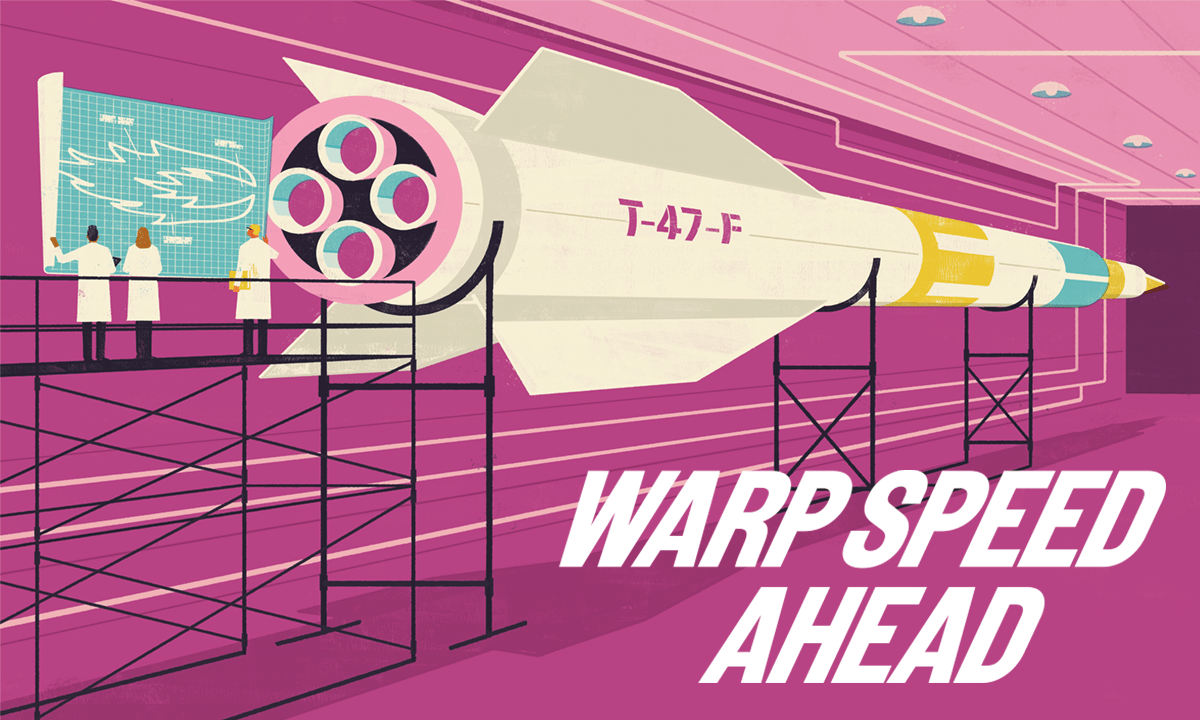
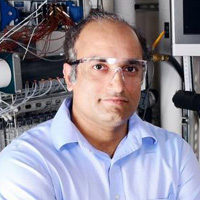 |
| Prof. Devesh Ranjan |
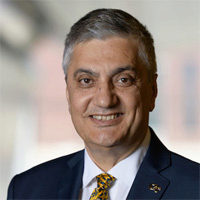 |
| Chaouki Abdallah Georgia Tech Executive Vice President for Research |
Two School of Aerospace Engineering professors - Mitchell Walker and Adam Steinberg - are joining efforts to boost Georgia Tech's research and development of hypersonics — vehicles that travel over Mach 5, or five times faster than the speed of sound.
Under the advisement of Chaouki Abdallah, Georgia Tech’s executive vice president for research, the university is creating a task force on “hypersonics as a system,” led by Devesh Ranjan, who holds a J. Erskine Love Jr. Early Career Professorship in the George W. Woodruff School of Mechanical Engineering. Thanks to an abundance of faculty skilled in engineering areas, including aerospace, chemical, materials and more, Georgia Tech is uniquely positioned to help this re-burgeoning industry soar. Ranjan’s research group is working on understanding the turbulence behavior in extreme environments encountered in air-breathing hypersonic systems.
“Lighting a Match in a Hurricane”
The applied research initiatives for this new task force at Georgia Tech will fall under a number of diverse focus areas, from creating stronger and more heat-resistant materials, to developing more sensitive and effective guidance systems, to innovating more successful propulsion techniques.
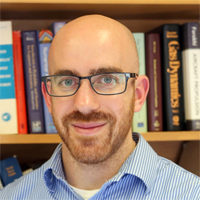 |
| Prof. Adam Steinberg |
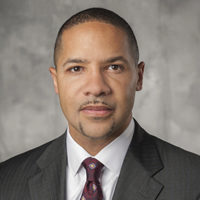 |
| Prof. Mitchell Walker |
Adam Steinberg, associate professor of aerospace engineering, is one faculty member working on propulsion and developing ways to make the engines in hypersonic vehicles work better and more reliably at intense speeds.
“The combustion inside a hypersonic engine is a bit like trying to light a match and keep it lit in a hurricane,” says Steinberg. “There are interactions between fluid dynamics, thermodynamics, and chemistry that effect our ability to power the engines and provide thrust.”
As an experimentalist, Steinberg employs model engines built out of transparent materials so he and his team can clearly see what’s happening inside. These models are tested inside high-speed wind tunnels at Georgia Tech’s Combustion Laboratory in conditions that as closely as possible replicate hypersonic flight.
“We’ll use lasers to measure the fluid mechanics and chemistry inside of the models, which then provide data by which we can validate computational simulations of how these engines—and the vehicles they would power—would perform in the real world,” says Steinberg.
Keeping in Contact
Another engineer taking part in the hypersonics research task force is Mitchell Walker, professor of aerospace engineering, who is working with plasma diagnostics and applying them to hypersonic load.
“Within hypersonics, the incredible speed means that the air around the vehicle gets so hot that it ionizes, which creates plasma,” explains Walker. “The air places a huge thermal load on the vehicle, and the plasma can make it difficult to maintain effective communication.”
Because this hypersonic flow surrounding the vehicle is moving at such fast speeds, it’s a harsh environment to take measurements: Any probes used will interrupt the flow pattern and cause incorrect results, or potentially break off altogether.
Walker and his team get around this problem by using terahertz time-domain spectroscopy (THz-TDS), in which they shoot a pulse of radiation at terahertz frequencies into the plasma. By assessing the measured plasma density, they can figure out what it would take to communicate with the vehicle under those conditions using calibrated computational models.
From Walker’s perspective, one of the challenges of hypersonics research at the moment is finding the right people.
“Since the 1990s, many universities and industries have deprioritized some of the research areas that are crucial to hypersonics—plasma diagnostics, scramjet engines, and so forth,” says Walker. “There isn’t a wealth of people directly involved in hypersonics, but more so people who have the right kind of research background to move into it. Now it’s about finding the best combination of team members from industry, government, and academia to get focused research and applicable results.”
From Lab to Marketplace
From Ranjan’s point of view, Georgia Tech and the surrounding community stand ready to become a hub for this growing industry.
“We are thinking big, and Georgia Tech is acting as a catalyst for the development of some really exciting research,” says Ranjan. “Some of the work that we’re doing will also have impacts on fields such as planetary entry, materials science, even commercial travel far down the road.”
Beyond faculty members, Georgia Tech’s task force also includes Steve Justice, executive director of the Georgia Centers of Innovation, to help move some of these discoveries and technologies more effectively into the commercial space.
“The hypersonics task force is centered at Georgia Tech because of its strong concentration of resources, which are a function of the people who work and study here,” says Steinberg. “We have the expertise and the infrastructure in place today to create the innovations that industry is looking for tomorrow.”
While these are just a few examples of the wide breadth of hypersonics work taking place, Georgia Tech faculty will continue to use these resources to refine applied research in hypersonics-related areas, such as thermal protection systems, navigation, aerodynamics, and more.
This story is shared courtesy of the CoE Engineer Magazine, Spring 2020